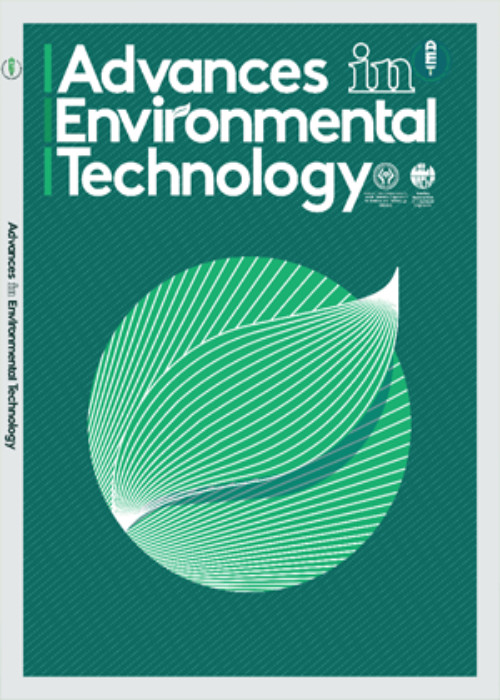Preparation and characterizations of CuO doped ZnO nano-structure for the photocatalytic degradation of 4-chlorophenol under visible light
Author(s):
Abstract:
In the present investigation, a ZnO nanostructure was synthesized by means of precipitation and sonochemical methods. The X-ray diffraction (XRD) pattern indicated that the wurtzite structure of ZnO had a hexagonal symmetry and there was no impurity. The average ZnO particles crystallite size was calculated at about 41 nm. The SEM and TEM images revealed nanostructure ZnO particles with a cauliflower-like and rod morphology with dimensions of 85, 79 and 117 nm. In order to investigate the increment of ZnO photoactivity under visible light, the CuO doped ZnO nanostructures were fabricated by a wet impregnation method using copper oxide as the copper source and ZnO as the precursor. The XRD analysis confirmed that the CuO phase was present in the as-prepared sample and the average size of nano crystalline decreased to about 36 nm. The DRS spectra indicated the extended absorption of CuO-ZnO to the visible range as a result of band gap reduction to 2.9 eV (in comparison of 3.2 eV in ZnO). In order to investigate the photocatalytic activity of the synthesized photocatalyst, the degradation of 4-Chlorophenol under visible light was performed. Sixteen experiments using full factorial were executed by adjusting four parameters (amount of catalyst, initial concentration of 4-Chlorophenol, pH, and time of irradiation). An empirical expression was proposed and successfully used to model the photocatalytic process with a high correlation, and an optimal experimental region was also obtained. According to the developed model for degradation and the subsequent ANOVA test using Design Expert software, the time of irradiation with a 46.57% effect played the most important role in the photocatalytic activity, while the influences of parameters on each other were negligible. Optimal experimental conditions for 4-Chlorophenol concentration (0.01 g/L) were found at an initial pH =8 and a catalyst loading of 0.07 g/L. The results indicated that CuO-ZnO can remove 95% of 4-chlorophenol from water under optimal conditions.
Keywords:
Language:
English
Published:
Advances in Environmental Technology, Volume:2 Issue: 1, Winter 2016
Pages:
11 to 24
magiran.com/p1629806
دانلود و مطالعه متن این مقاله با یکی از روشهای زیر امکان پذیر است:
اشتراک شخصی
با عضویت و پرداخت آنلاین حق اشتراک یکساله به مبلغ 1,390,000ريال میتوانید 70 عنوان مطلب دانلود کنید!
اشتراک سازمانی
به کتابخانه دانشگاه یا محل کار خود پیشنهاد کنید تا اشتراک سازمانی این پایگاه را برای دسترسی نامحدود همه کاربران به متن مطالب تهیه نمایند!
توجه!
- حق عضویت دریافتی صرف حمایت از نشریات عضو و نگهداری، تکمیل و توسعه مگیران میشود.
- پرداخت حق اشتراک و دانلود مقالات اجازه بازنشر آن در سایر رسانههای چاپی و دیجیتال را به کاربر نمیدهد.
In order to view content subscription is required
Personal subscription
Subscribe magiran.com for 70 € euros via PayPal and download 70 articles during a year.
Organization subscription
Please contact us to subscribe your university or library for unlimited access!


